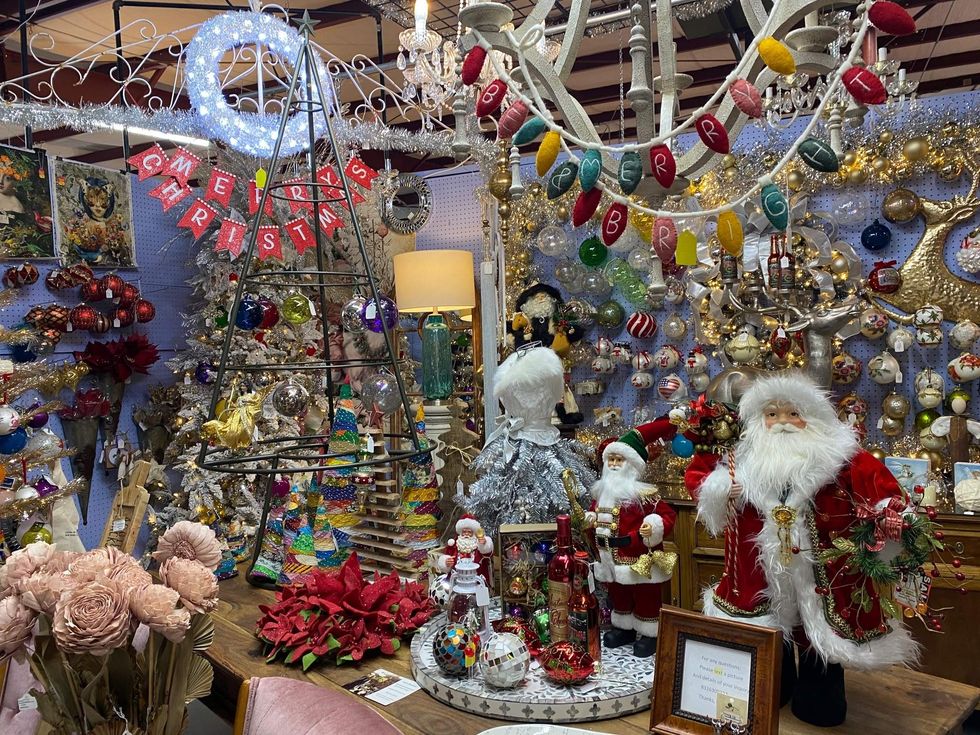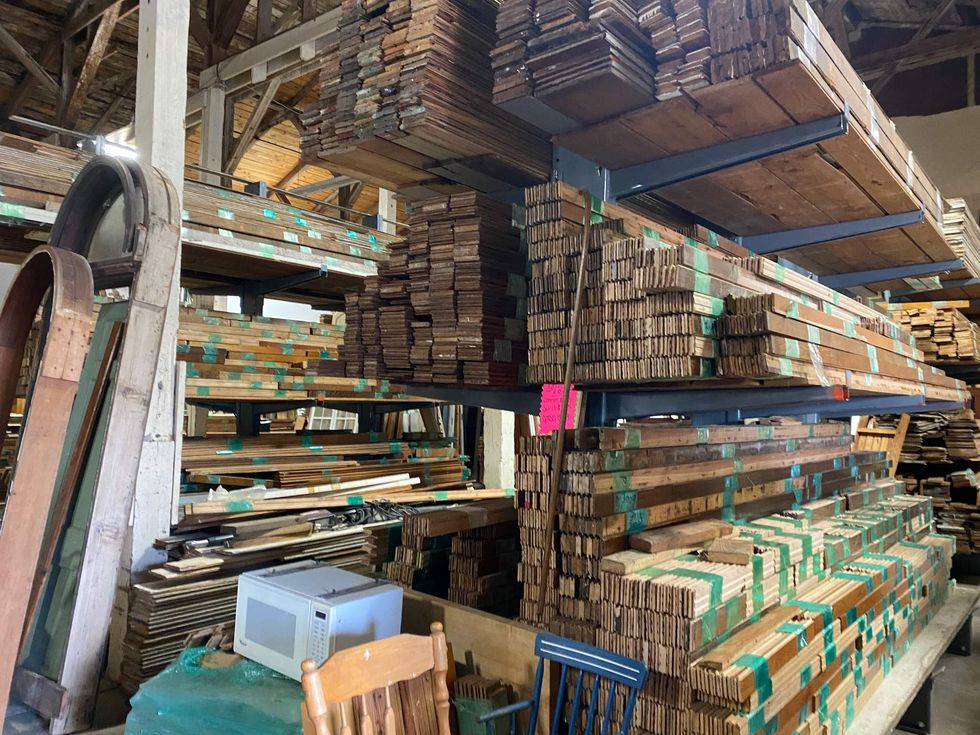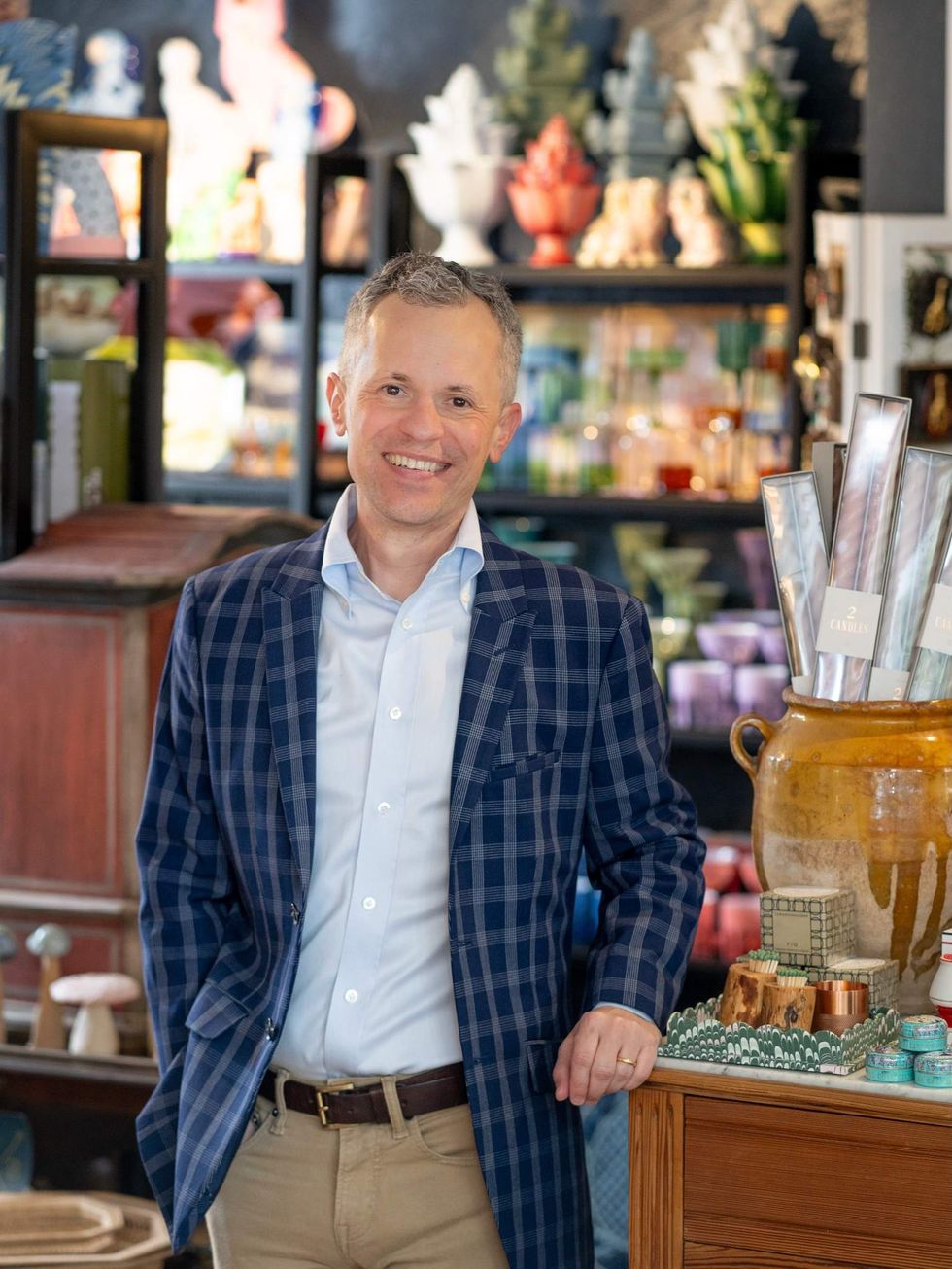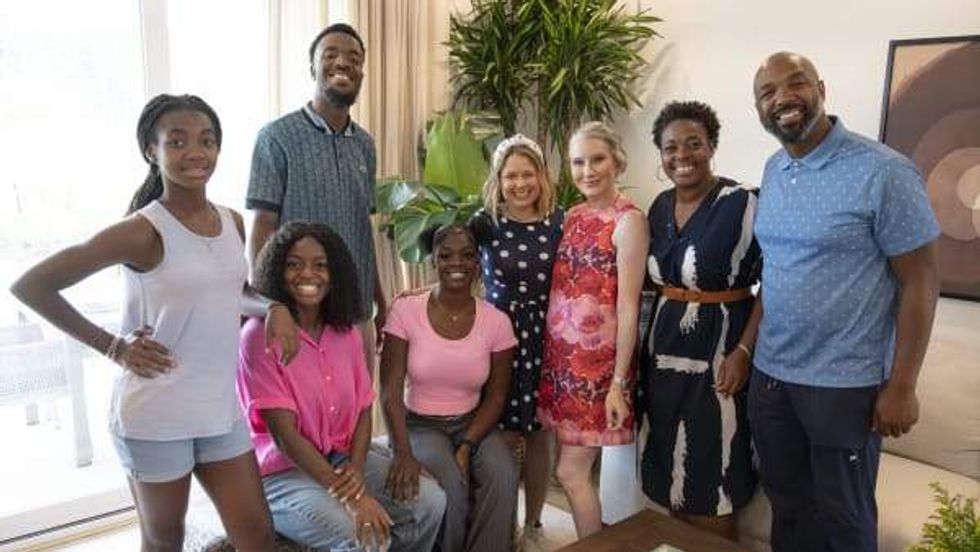homemade for the holidays II
Clean up for the new year: A step-by-step guide to making homemade soap

- First step: gather all of your ingredients.Photo by Leila Kalmbach
 Then mix sodium hydroxide and water.Photo by Leila Kalmbach
Then mix sodium hydroxide and water.Photo by Leila Kalmbach Measure out oils.Photo by Leila Kalmbach
Measure out oils.Photo by Leila Kalmbach Carefully mix lye and oils.Photo by Leila Kalmbach
Carefully mix lye and oils.Photo by Leila Kalmbach- Pour the mixture into molds.Photo by Leila Kalmbach
 Finally, add your color.Photo by Leila Kalmbach
Finally, add your color.Photo by Leila Kalmbach- And your finished productPhoto by Leila Kalmbach
If giving the gift of infused vodka wasn’t for you, take it a step further and really impress your friends by giving them homemade soap. Soap is a little more complicated to make than flavored booze, but it’s fun and you get to feel like you’re back in chemistry class. It involves two separate chemical reactions — and in the end you get a useful product instead of a burnt vial and a room that smells like sulfur.
(Before we get started, though, I should say something: Let’s be realistic. Soap takes at least four weeks to cure. If you do give bars of soap as gift (or use it for yourself), let them cure as long as possible, then wrap them in a breathable paper and just tell your friends to wait until the right date to use them.)
At its essence, soap is just three things: sodium hydroxide (lye), water and fat. The type of fat you use will have a big impact on the final product — an all-coconut-fat soap, for instance, will have a nice fluffy lather, but can be drying to the skin. Palm oil soap doesn’t create much lather, but it makes a firm bar that won’t dissolve quickly.
Different oils have different nourishing properties, as well. Olive oil is moisturizing. Avocado oil is high in vitamins and amino acids, which moisturize and heal the skin (great for winter). Jojoba oil helps to retain moisture in the skin. Most soaps contain a combination of oils that work together to achieve the desired effect. Grapefruit seed extract and/or vitamin E work as a preservative.
Carefully pour the lye into the oil, stirring briskly with a whisk or the rubber spatula. The mixture will thicken. Keep stirring! And keep not touching, as the lye will still burn.
I made my soap with my friend Shirene, who has made eight batches now and doesn’t ever buy soap anymore. Soap-making requires a few free hours, some pans you won’t need for the next month, and patience. There are as many soap recipes out there as there are cookie recipes, but here’s what we did:
This recipe makes about 10 pounds of almond-avocado soap with orange–pine needle scent (yes, we could probably stand to come up with a snazzier name).
What you'll need
402 grams sodium hydroxide
2 lb., 6 oz. distilled water
4 oz. jojoba oil
6.5 oz. cocoa butter (the kind we found contained 25 percent jojoba oil)
12.5 oz. sweet almond oil
8 oz. avocado oil
8 oz. wheat germ oil
2 lb. coconut oil
24 oz. palm oil
8 oz. olive oil
24 grams grapefruit seed extract
60 mL pine needle essential oil
118 mL orange essential oil
15 mL peppermint essential oil
Getting together the ingredients can take some work. Keep in mind that lye is caustic, so its sale is more closely regulated than, say, essential oils. You’ll probably have to give them your name so that if you blow something up, they’ll know who to blame. You can find palm oil in the African foods section at Fiesta.
Step 1: Make sure you have everything you’ll need.
Get out all your ingredients, a scale, a large pot, a glass bowl, a rubber spatula, a cooking thermometer, rubber gloves and safety goggles. You have all these things, right? Right? OK, good.
Step 2: Mix the lye and water.
Put on the safety goggles and gloves. Take photos of yourself looking ridiculous. Carefully measure out the sodium hydroxide in a small bowl or cup, and measure out the distilled water in the glass bowl. Take these containers and the rubber spatula outside to a well-ventilated area, and very carefully pour the sodium hydroxide into the water, stirring briskly with the rubber spatula until it is dissolved.
This is your first chemical reaction: The mixture will instantly get very hot and start steaming. Don’t breathe in the fumes. Once the sodium hydroxide is dissolved, cover the bowl to keep leaves and dust out. Make sure pets and children are inside while the lye solution is sitting out.
Step 3: Mix and melt the fats.
You can take the safety goggles and gloves off now, unless you just really like the look. Weigh out all the fats and mix them together in the large pot over low heat, stirring until the solid fats melt. Many of the fats we used came in containers that already claimed to be the right weight, but Shirene, being less lazy than I am, suggested we measure them out to be sure. Smart girl — almost all of the containers came in underweight. We added extra almond, olive or jojoba oil to make up for the differences.
Step 4: Sit back and wait — oh, and line some baking pans.
Once the fats are all melted together, make sure the mixture is more than 80 degrees (unless you use Celsius, then I have no idea), and turn off the heat. Line some baking pans on the bottom and sides with waxed paper, and tape the paper at the edges. For us, the above recipe filled two loaf pans and a large cake pan.
Put on the safety goggles and gloves. Take photos of yourself looking ridiculous.
Sit around for a while and talk about work. Eat some Thai soup (really, any kind of soup will do). Drink some tea (not beer, or you’ll mess something up and the lye will burn your fingers off). Periodically measure the temperatures of the lye mixture and the oil mixture, and wait for them both to get to 80 degrees, reheating the oil a bit if necessary.
Step 5: Mix it all together.
Now comes the second chemical reaction. Once both mixtures are at 80 degrees, take the oil outside, put the gloves and goggles back on, and slowly and carefully pour the lye into the oil, stirring briskly with a whisk or the rubber spatula. The mixture will thicken. Keep stirring! And keep not touching, as the lye will still burn. Try to keep all the liquid in motion. After a few minutes, the solution will “come to a trace,” meaning that if you lift up the whisk and drizzle the solution back into itself, it will leave a faint pattern on the solution’s surface for a moment.
Step 6: Mix in the essential oils and pour into pans.
Once the solution comes to a trace, work quickly to pour in the essential oils and mix well, then pour the mixture into the waxed paper–lined pans. We tried to make a pattern on the surface of a couple of our trays with food coloring, but we won’t know for sure whether this was a brilliant idea or a grave mistake until we try out the soap and see if our skin turns green.
Step 7: Wait. Then cut. Then wait.
Put the pans somewhere where they won’t be disturbed, cover them with cardboard or plywood, and cover that with a blanket. Then don’t touch them. Don’t do it! After a day or two (some sources say four to 10 days, so apparently it can vary), start gently poking at the soap, and once it feels firm all the way through, cut into slices lengthwise and crosswise all the way to the bottom of the pan.
Then peel the bars out of the pans and lay them out flat in a single layer on plain paper grocery bags in a well-ventilated room. Let them sit for four to six weeks to cure, turning them over halfway through. Then wrap them as you wish and give them as gifts.
Alright, you’re done! Now go sit in an overheated room for a few days to get your skin nice and dry, because next week we’re making homemade lotion.








